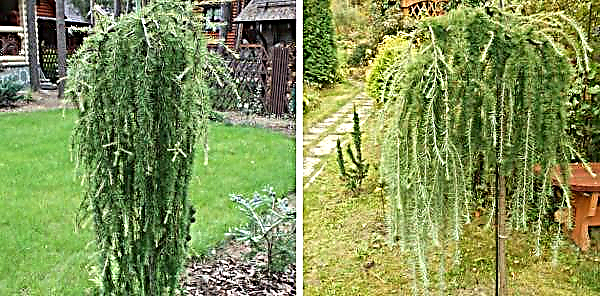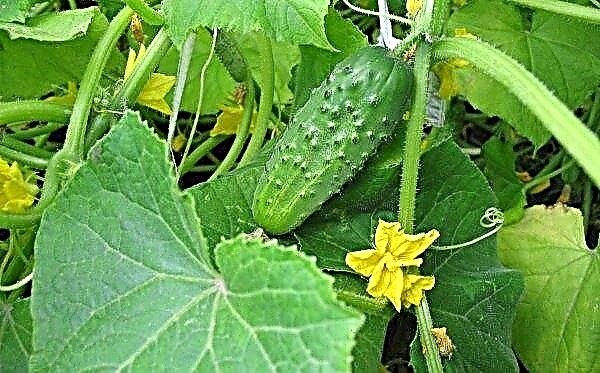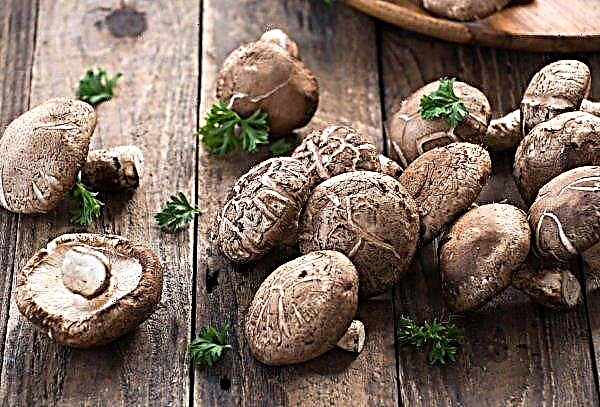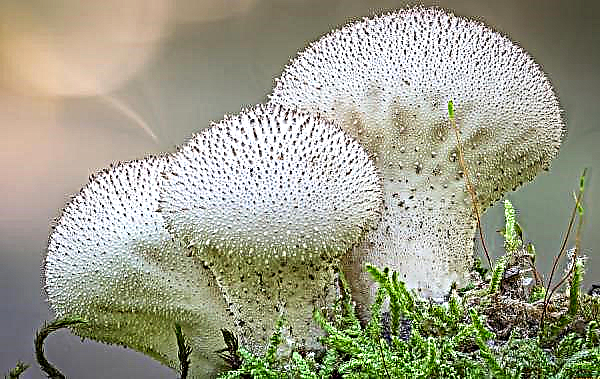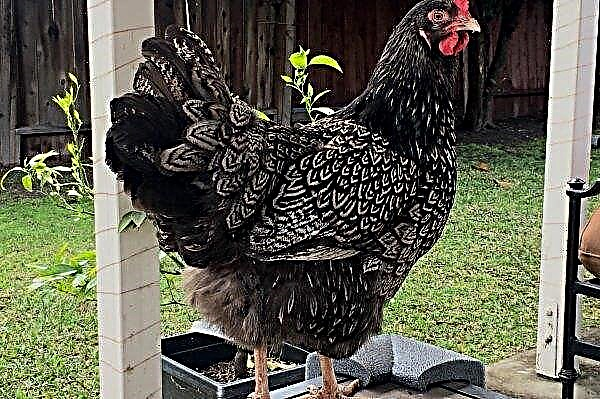A rare summer cottage without cucumber beds, because this vegetable is popular and healthy. What are the secrets of growing a quality crop, and whether it is necessary to pre-prepare seeds - this is today's article.
Do I need to germinate cucumber seeds before planting
Agrarians with many years of experience know that a cucumber loves warmth and light, and its seed needs some kind of push in order to hatch through the shell. Not all varieties have the same germination, resistance to weather conditions and harmful microorganisms.

- Therefore, the procedure of seed germination has many advantages:
- processing before germination will reveal dummies;
- sprouted seed can be replaced with another immediately, rather than re-sowing;
- the procedure includes disinfection, which is the prevention of diseases of the future crop;
- germinated sprouts are hardened before planting, which will subsequently give immunity against temperature changes;
- treatment with stimulants will accelerate the growth and development of culture.
Did you know? A wax coating on the peel of a cucumber can remove an ink blot.
How to germinate cucumber seeds at home
Before germination, you need to make sure that the whole planting material is promising.
To do this, first iterate, leaving the seeds:
- large;
- uniformly painted, without spots and damage;
- with glossy protective sheath.
Then the seeds are placed in warm water and mixed, the specimens that emerge on the surface are removed: they are barren. The remaining material is washed and soaked for 20-30 minutes in a solution of potassium permanganate (1%). The procedure is disinfecting and prophylactic. To increase the seed potential, they are soaked in growth stimulants, for example, in Epin (up to 24 hours). If there is uncertainty about the expiration date of planting material or doubts about the germination of a variety, You can apply an additional measure - bubbling. The procedure is to soak the seeds in oxygenated water.
If there is uncertainty about the expiration date of planting material or doubts about the germination of a variety, You can apply an additional measure - bubbling. The procedure is to soak the seeds in oxygenated water.
To do this, they are placed in water, a tube from the compressor (aquarium) is lowered into a bowl of water. In the process of sparging, esters and oils are washed off with a protective hard shell of the seed material, facilitating its disclosure during germination.

After preliminary procedures, the seeds are wrapped in a moist natural tissue, placed in a plastic bag. The bundle is placed in heat (not lower than + 20 ° C) for 12-24 hours. During this time, the material should swell.
Then the seeds are quenched with cold, placed in the refrigerator for 12 hours. After hardening, the tissue bundle is placed in heat for 2-3 days for peeling. Periodically, the fabric is moistened by spraying from a spray bottle, while the water should be warm at room temperature.
Important! Planting material purchased in the store does not need to be treated with stimulants and disinfected, since it has already been processed by the manufacturer.
Time from planting to emergence
The period for which cucumber seeds are pecked depends on the variety, the choice of the method of germination, and the conditions of the material. Some varieties peck quickly - in 2-3 days, others - within a week, but not longer if everything is done correctly.
Germination problems
It happens that the period of biting is increased, or it does not occur at all.

- The problem may be as follows:
- defective or expired material;
- the proportions of the disinfecting solution, stimulant are not observed;
- temperature is too low;
- poor water quality, low or too high water temperature.
Important! Seeds need to be planted as soon as the spine hatch. If the material is overexposed, the sprout may break off.
How to plant sprouted seeds
Hacked sprouts can be planted in two ways: immediately in open ground or in seedlings in pots.
For seedlings
Given the weak root shoots of the culture, picking is extremely undesirable, therefore, the sprouts are planted in peat containers, which decompose in the ground during further transplantation.

The soil mixture needs nutritious and loose:
- garden land - 2 parts;
- peat - 1 part;
- sand - 0.5 parts.
We recommend that you familiarize yourself

The pot is filled with a 2/3 mixture to subsequently be able to sprinkle the soil as the seedling grows. Planting depth - 1.5–2 cm. After sowing, watered by spraying so as not to erode the surface of the soil.
Subsequently, watering is carried out with warm (+ 18 ... + 22 ° C), with standing water twice a week. The container with sprouts should stand in a lighted place, in warm conditions (not lower than + 20 ° С). Humidity is recommended not lower than 80%.
In open ground
Planting sprouts on the bed is possible when the daytime soil temperature does not fall below + 15 ° C, and night - below + 10 ° C. They dig a wide furrow for planting, since the surface root system of cucumbers grows very much.

Organic fertilizers (5 kg / 1 m²) mixed with wood ash (200 g / 1 m²) and extracted soil are placed at the bottom of the furrow. Furrows need to be shed well, a solution of potassium permanganate is used to disinfect the soil.
For reliability, 2 grains are placed in one hole, while the distance between future bushes should be about 40 cm, between rows - up to 70 cm. Observance of the interval between plantings will create optimal conditions for creating your own microclimate and sufficient lighting.

Seedlings are covered with dry soil. Planting is covered with agrofibre or film until the first shoots. Some summer residents, when in doubt in weather conditions, cover the seedlings with a mini-greenhouse from a cut plastic bottle.
Tips from experienced gardeners
Growing vegetables requires knowledge of the intricacies of care.
A few tips from experienced summer residents:
- When planting cucumbers, it would be wrong to talk about specific dates, since each region has its own nuances of climate, so those days when the soil warmed up to + 10 ° C at night are suitable.
- When planting under a bottle, it is imperative to make a hole for ventilation so that the crop does not suffocate.
- Covering the seed with a bottle, do not squeeze it heavily into the soil, otherwise when removing the shelter it can pull the whole bush along with it.
- It should be noted that covering with a bottle is not enough, you still have to cover it with a film so that the soil warms up evenly, and not just in the diameter of the cut of the mini-shelter.
- With subsequent care, you need to carefully monitor the watering, since cucumber is a moisture-loving culture. To save your own time for care, the mulching procedure will help: it will retain moisture, prevent weed growth, and protect it from overheating. Do not allow the soil to dry out, because of this the fruits will be bitter.
- The most important procedure is loosening, since the root system of cucumbers must have access to air. But the need to loosen shallow, so as not to damage the surface roots.
- So that all fruit ovaries have enough light, you need to tie up the whips.
- When watering or feeding, the liquid must be poured into the hole, under the root. Moisture that has fallen on the foliage will provoke a sunburn.
Video: a reliable way to germinate cucumber seeds
Growing cucumbers is a simple task, and preliminary germination is the key to a large and tasty crop. Pre-planting preparation will also provide a guarantee of protection against the negative impact of the external environment.

